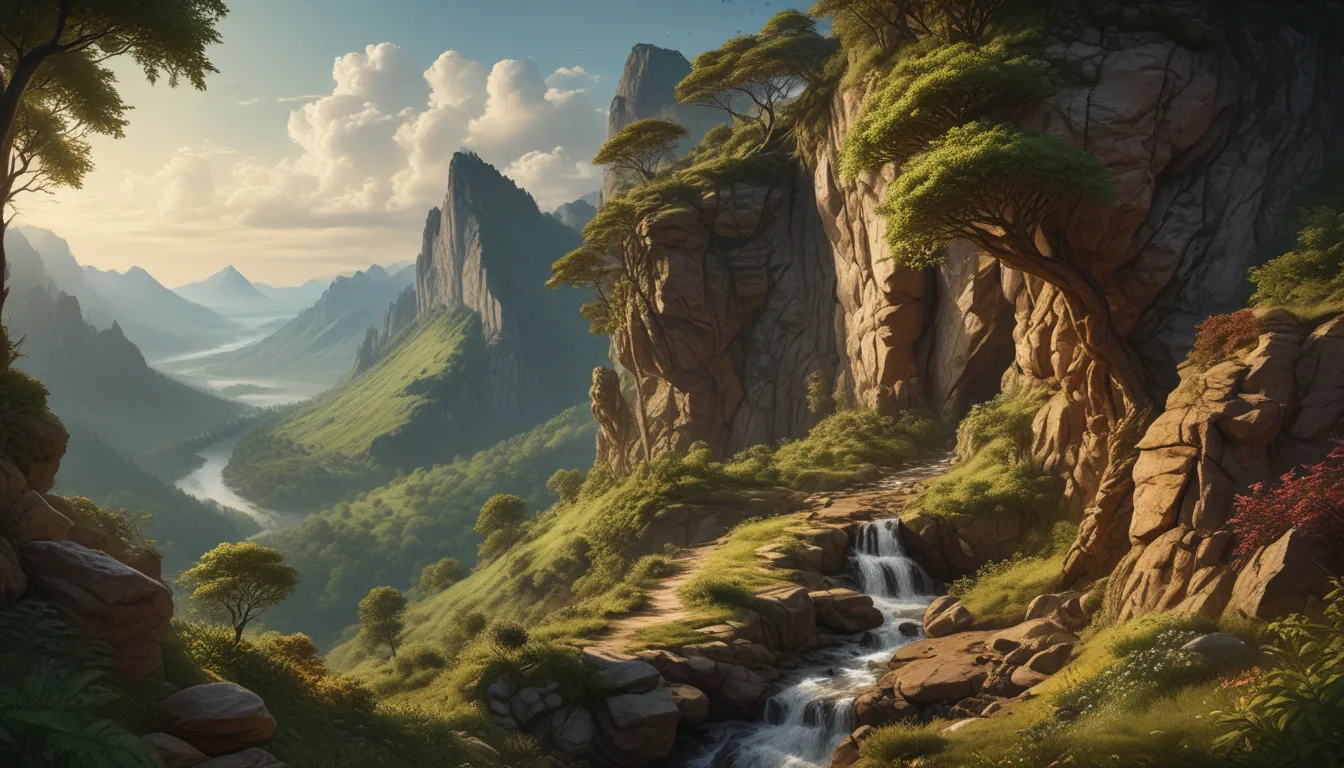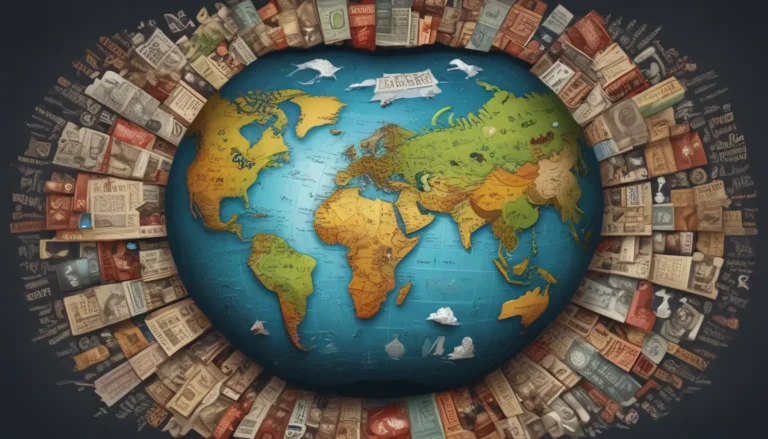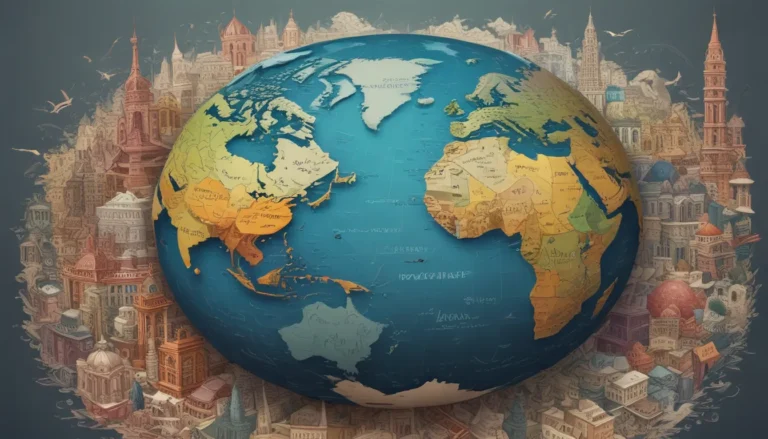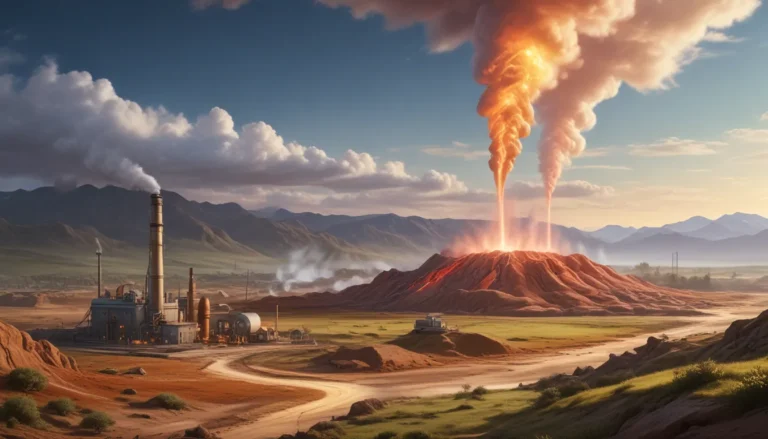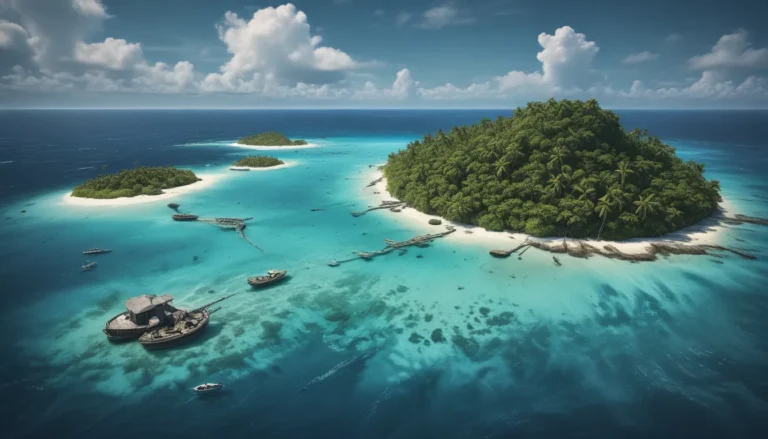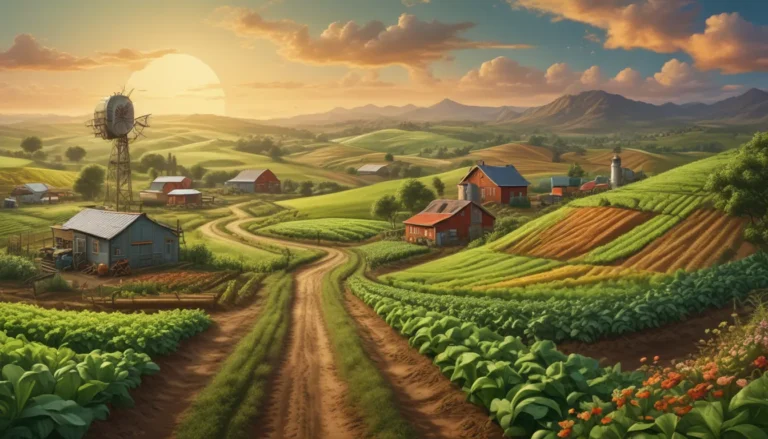A Note About Images: The images used in our articles are for illustration purposes only and may not exactly match the content. They are meant to engage readers, but the text should be relied upon for accurate information.
If you’ve ever marveled at the vast expanses of flat or gently rolling land that stretch out before you, you may have encountered one of nature’s most captivating creations – plateaus. These geological formations are as intriguing as they are breathtaking, formed through processes such as volcanic activity, erosion, and tectonic uplift. Spanning across continents and varying in size and height, plateaus offer a glimpse into the wondrous world of our planet’s diverse landscapes.
Unlocking the Secrets of Plateaus
Let’s embark on a journey to unravel the mysteries of plateaus and explore eight unbelievable facts that will leave you awe-struck. From the highest plateau on Earth to the fascinating ecosystems they harbor, each revelation promises to ignite your curiosity and deepen your appreciation for these geographical wonders.
Plateaus: Nature’s Masterpiece
- Plateaus are high, flat areas formed by nature, showcasing unique ecosystems and historical significance.
- These elevated landscapes are not just flat land but also serve as adventure hotspots, offering thrilling activities for visitors.
- Popular tourist destinations, plateaus boast scenic beauty and historical sites that captivate travelers from around the globe.
Forming the Foundation: The Geological Processes Behind Plateaus
Plateaus rise above the horizon through the intricate dance of geological processes. From volcanic activity to tectonic uplift and erosion, these forces shape the Earth’s surface, sculpting vast expanses of flat or gently rolling terrain that mesmerize observers.
A Global Tapestry: Discovering Plateaus on Every Continent
Venture across the world, and you’ll encounter plateaus on every continent, each a testament to the planet’s geological diversity. Whether exploring the Colorado Plateau in the United States or the Deccan Plateau in India, the elevated regions offer a glimpse into the awe-inspiring landscapes that grace our world.
The Ecosystems of Plateaus: Nature’s Diverse Canvas
Plateaus, with their varied topography and climatic conditions, provide a fertile ground for a wide range of ecosystems and biodiversity. The Plateau of Tibet, known as the “Roof of the World,” boasts endangered species like the Tibetan antelope and snow leopard, highlighting the importance of these elevated habitats.
Reaching New Heights: Scaling the Staggering Plateaus
At the summit of the world lies the Tibetan Plateau, the highest plateau on Earth, with an average elevation surpassing 14,800 feet above sea level. This lofty expanse not only offers a unique climate but also unveils a breathtaking landscape that epitomizes the grandeur of plateaus.
Nurturing the Waters: Plateaus in Water Resource Management
Plateaus serve as natural catchment areas, collecting rainfall and snowmelt that flow into rivers and lakes, sustaining human settlements, agriculture, and wildlife habitats downstream. Their role in water resource management is pivotal, shaping the environments we inhabit and the ecosystems we cherish.
Unearthing the Past: Cultural and Historical Significance of Plateaus
Many plateaus bear witness to ancient civilizations and significant historical events, enriching their cultural heritage. The Ethiopian Plateau, believed to be the cradle of civilization in Northeast Africa, boasts archaeological sites dating back millennia, underscoring the enduring legacy of these elevated landscapes.
The Thrill of Adventure: Plateaus as Hotspots for Outdoor Enthusiasts
Embrace the adrenaline rush as plateaus beckon adventure enthusiasts with a host of thrilling activities. Whether hiking in the Swiss Plateau, skiing in the French Pyrenees’ Plateau de Beille, or paragliding over scenic vistas, these elevated terrains promise an unforgettable experience for those seeking outdoor excitement.
Embracing the Beauty of Plateaus
In conclusion, plateaus stand as testaments to nature’s artistry, offering unparalleled vistas and unparalleled features to behold. From their majestic mountain peaks to their captivating rock formations, plateaus beckon explorers to immerse themselves in the wonders of our planet’s diverse landscapes. Whether delving into its geological marvels, uncovering its rich history, or basking in its cultural allure, Plateau invites you to embark on a journey of discovery and admiration.
As you prepare to set foot on these breathtaking landscapes, remember to pack your sense of wonder and adventure. Plateau promises a tapestry of experiences that will leave an indelible mark on your heart and mind, inviting you to embrace the awe-inspiring beauty that awaits.
Frequently Asked Questions
-
What is Plateau?
Plateau is a geographical feature characterized by flat or gently undulating terrain at a high elevation, surrounded by steep slopes or cliffs. -
Where are plateaus commonly found?
Plateaus can be found on every continent, often formed by tectonic activity, volcanic processes, or erosion. -
How are plateaus formed?
Plateaus form through geological processes such as uplifting, volcanic activity, erosion, or tectonic plate collisions, shaping the land over millions of years. -
What are some famous plateaus?
Besides the Tibetan Plateau, other famous plateaus include the Brazilian Highlands, the Ethiopian Highlands, and the Colorado Plateau. -
Can plateaus have different climates?
Yes, plateaus can exhibit diverse climates, influenced by factors like elevation and geographic location. -
Are plateaus vital for wildlife?
Plateaus provide unique habitats for various wildlife species, supporting diverse ecosystems and endemic and endangered species. -
What recreational activities are available on plateaus?
Plateaus offer opportunities for outdoor activities such as hiking, rock climbing, camping, and wildlife spotting, drawing adventurers from near and far. -
Are plateaus prone to natural disasters?
While generally stable, plateaus can be vulnerable to certain natural disasters based on their geological characteristics and location.
Plateaus beckon you to unravel their mysteries and immerse yourself in the wonders of nature’s grandeur. Embark on a journey of exploration and discovery, and let the mesmerizing landscapes of plateaus capture your imagination and ignite your sense of wonder.
